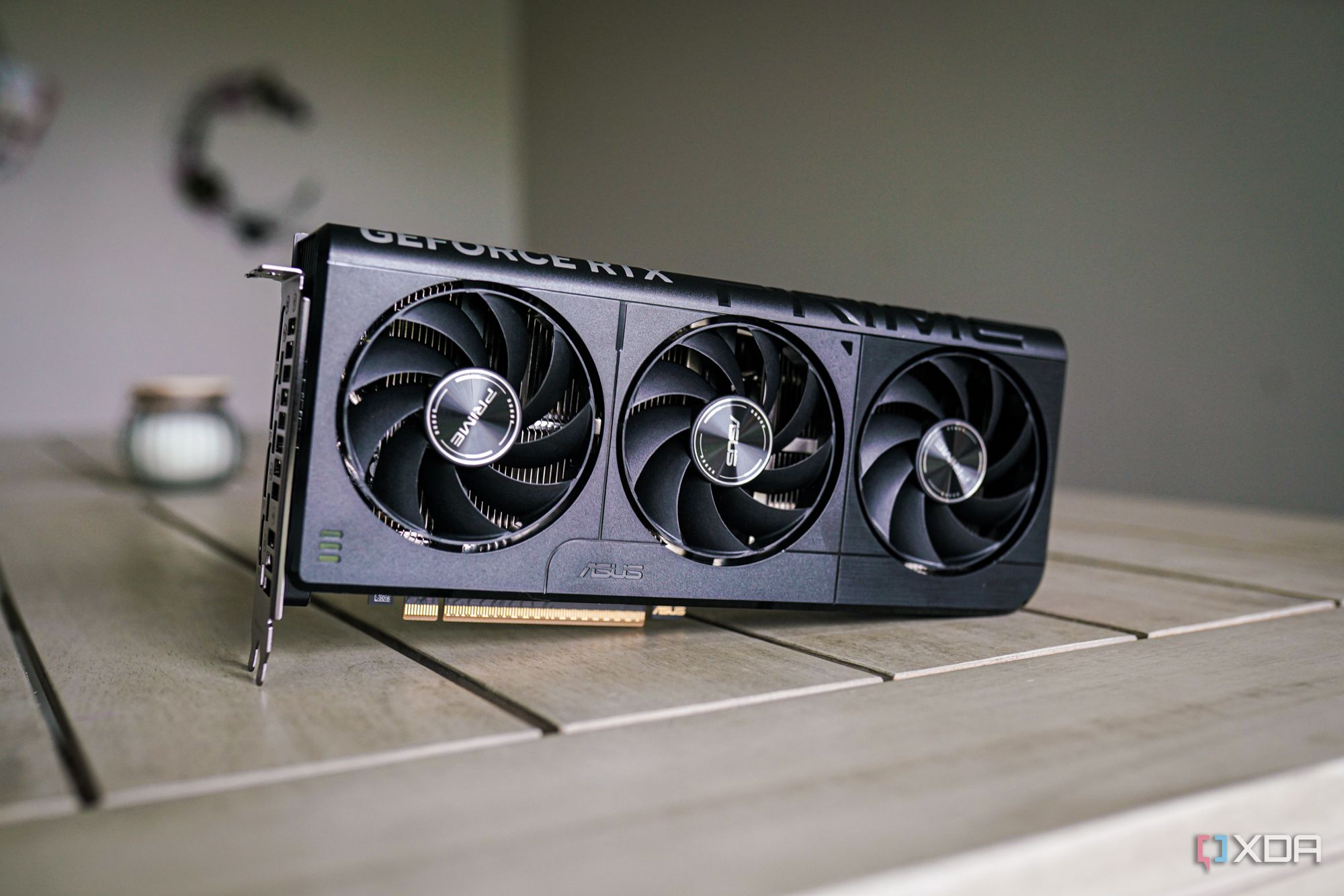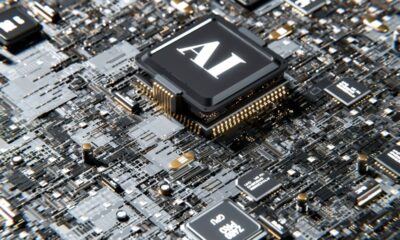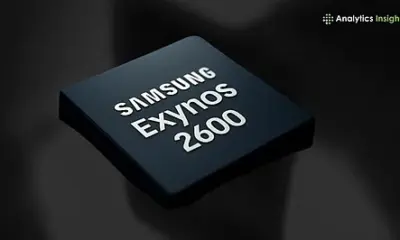Technology
Maximize Gaming Performance with Classic Hardware Tweaks

Recent advancements in gaming technology, particularly in frame generation, have transformed the way players experience video games. Technologies like Nvidia’s DLSS 4 and AMD’s FSR 4 Fluid Motion Frames promise smoother gameplay by generating additional frames. While these innovations are impressive, some gamers prefer traditional methods for enhancing performance without relying on AI-generated frames. Here are four tried-and-true hardware tweaks that can significantly improve gaming performance.
Keep Your Drivers Updated
Updating your graphics drivers is a straightforward yet effective way to boost performance. The latest drivers typically optimize your GPU for newer games and improve overall performance. Although there are rare instances where a driver update may introduce issues, this is generally uncommon, especially with modern hardware. Notably, even older titles such as Cyberpunk 2077 continue to receive driver optimizations, demonstrating the ongoing support for established games.
Additionally, it’s advisable to close unnecessary background applications before launching a game. This practice ensures that your system allocates its resources effectively, focusing on delivering maximum performance while minimizing distractions. While multitasking remains possible—such as streaming or chatting on platforms like Discord—keeping the number of open applications to a minimum can enhance overall gaming experience.
Optimize Graphics Settings
Adjusting your graphics settings is another effective method to enhance game performance. Lowering graphics settings can help smooth out gameplay without sacrificing too much visual quality. Start with the highest settings and gradually decrease them to find a balance that satisfies both aesthetics and performance.
Using in-game benchmarking tools can provide insights into your system’s performance capabilities. It’s important to consider the resolution as well; higher resolutions demand more video memory (VRAM). This is why many gamers are opting for 1440p resolutions, as native 4K can be challenging for most systems to handle efficiently.
Driver update software often includes optimized game-specific settings based on your hardware, which can serve as a helpful guide for adjusting graphics settings without extensive trial and error.
Utilize Overclocking Techniques
Overclocking can further enhance your gaming rig’s performance. Many pre-built systems come with proprietary overclocking software, which is generally the safest option since it has been tailored to the specific hardware. For those who have constructed their own systems, software like MSI Afterburner is widely used for overclocking GPUs.
When overclocking, it is best to make small adjustments to clock and memory speeds, as drastic changes can lead to instability. Additionally, adjust your fan curves to maintain optimal cooling. If you are using a Windows machine, ensure that your power profile is set to “Best Performance.” Windows updates can sometimes revert power settings, which may impact frame rates.
Implement Low Latency Settings
To address input lag, consider enabling low latency settings like Nvidia Reflex, AMD Anti-Lag, and Intel XeSS Low Latency. These features help create a more responsive gaming experience, making it feel as if the game is running at higher frame rates, even if the actual frame rate is lower.
While these settings do not directly improve graphics performance, they can enhance the overall gameplay experience, especially when traditional performance tweaks have not yielded the desired results. Importantly, these low-latency features do not generate fake frames, allowing gamers to maintain high-quality visuals while utilizing advanced technologies.
The effectiveness of these hardware tweaks can vary depending on individual systems and game titles. Generally, a frame rate of 60fps is considered the baseline for playability; however, this can differ based on the specific game and player preferences. Titles optimized for console play may perform adequately at lower frame rates, while competitive first-person shooters typically demand higher frame rates for optimal performance.
In conclusion, while advancements in frame generation technology continue to evolve, there remains a wealth of traditional methods available for gamers seeking to boost performance without relying on AI-generated solutions. By updating drivers, optimizing settings, overclocking effectively, and utilizing low latency features, players can enhance their gaming experience significantly.
-

 Science1 week ago
Science1 week agoNostradamus’ 2026 Predictions: Star Death and Dark Events Loom
-

 Technology1 month ago
Technology1 month agoOpenAI to Implement Age Verification for ChatGPT by December 2025
-

 Technology6 months ago
Technology6 months agoDiscover the Top 10 Calorie Counting Apps of 2025
-

 Health4 months ago
Health4 months agoBella Hadid Shares Health Update After Treatment for Lyme Disease
-

 Health4 months ago
Health4 months agoAnalysts Project Stronger Growth for Apple’s iPhone 17 Lineup
-

 Health4 months ago
Health4 months agoErin Bates Shares Recovery Update Following Sepsis Complications
-

 Technology4 months ago
Technology4 months agoElectric Moto Influencer Surronster Arrested in Tijuana
-

 Technology5 months ago
Technology5 months agoDiscover How to Reverse Image Search Using ChatGPT Effortlessly
-

 Technology6 months ago
Technology6 months agoMeta Initiates $60B AI Data Center Expansion, Starting in Ohio
-

 Technology6 months ago
Technology6 months agoRecovering a Suspended TikTok Account: A Step-by-Step Guide
-

 Technology2 months ago
Technology2 months agoDiscover 2025’s Top GPUs for Exceptional 4K Gaming Performance
-

 Health6 months ago
Health6 months agoTested: Rab Firewall Mountain Jacket Survives Harsh Conditions





















